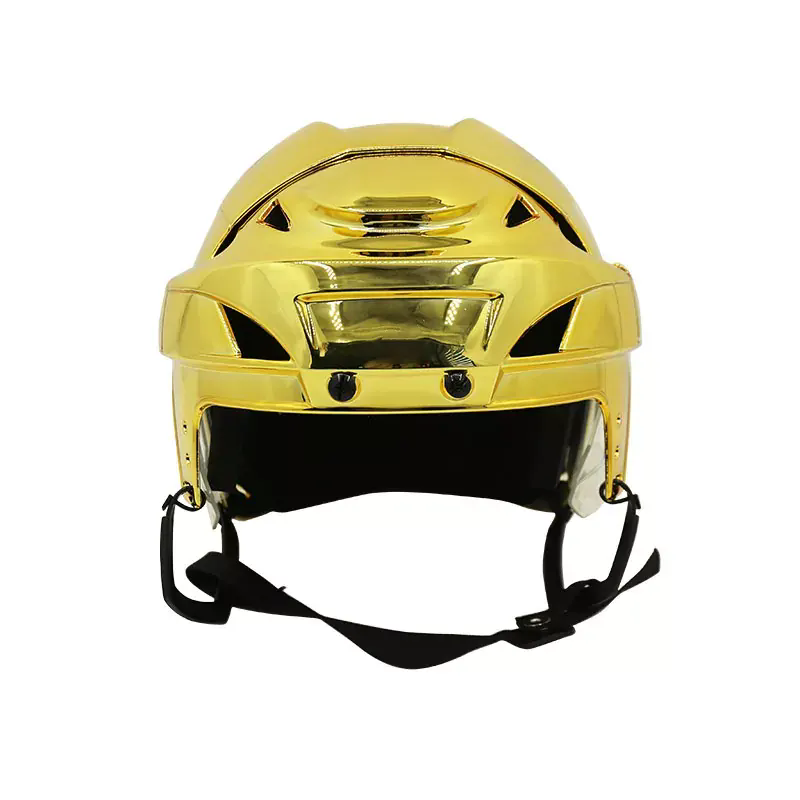Features and components typically found in a hockey player's helmet
2024-05-10
A hockey player's helmet is a crucial piece of protective gear worn during hockey games and practices to help prevent head injuries. It is designed to provide impact protection to the player's head and face while allowing for visibility and comfort. Here are some key features and components typically found in a hockey player's helmet:
1. Outer shell: The outer shell of the helmet is usually made from a hard plastic material such as polycarbonate. It serves as the first line of defense against impacts and collisions.
2. Inner padding: Inside the helmet, there is typically a layer of foam padding or cushioning material. This padding helps absorb and distribute the force of impacts to reduce the risk of head injuries.
3. Adjustment system: Most hockey helmets feature an adjustable strap or dial system that allows players to customize the fit of the helmet to their head size and shape. A properly fitted helmet is essential for optimal protection and comfort.
4. Chin strap: A chin strap secures the helmet in place and prevents it from coming off during play. It is usually adjustable to ensure a snug and secure fit under the chin.
5. Cage or visor: Many hockey helmets come with an attached cage or visor to protect the player's face from sticks, pucks, and other objects. The cage or visor is typically made from wire or plastic and should be properly positioned to provide clear visibility without obstructing the player's view.
6. Ventilation: Some helmets feature ventilation holes or channels to help regulate airflow and keep the player's head cool during intense physical activity. Proper ventilation can also help reduce fogging on the visor or cage.
7. Certification: It's important to choose a hockey helmet that meets industry safety standards and regulations. Look for helmets certified by organizations such as the Hockey Equipment Certification Council (HECC) or the Canadian Standards Association (CSA).
When selecting a hockey helmet, it's essential to prioritize safety, fit, and comfort. Players should ensure that their helmet fits snugly, with no gaps between the helmet and their head, and that all straps are securely fastened. Regular inspection and maintenance of the helmet, including checking for signs of wear and tear, are also important to ensure ongoing protection.



